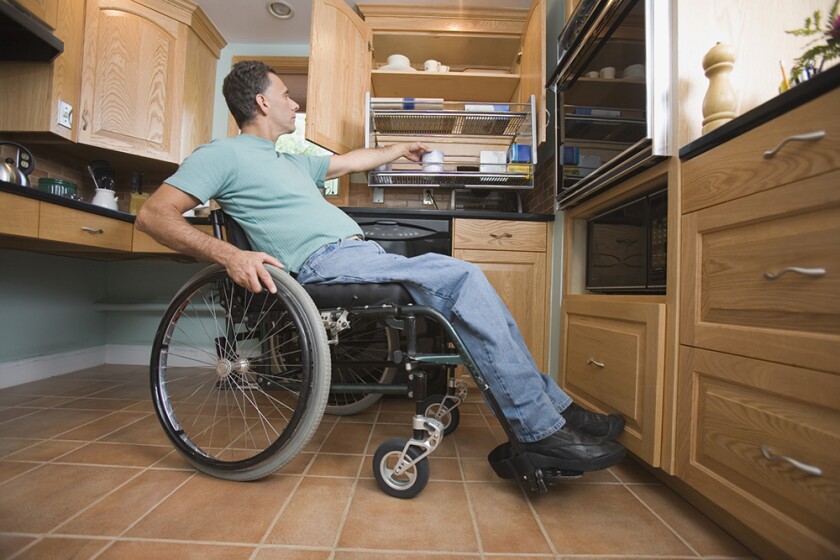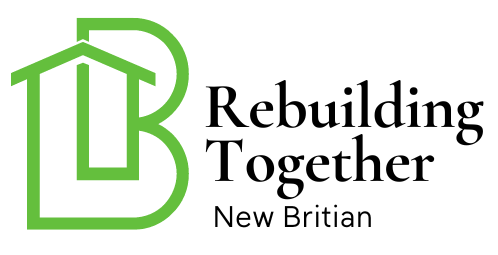As our society ages and becomes more inclusive, the importance of accessible home modifications grows. These adjustments not only benefit those with disabilities but also enhance the quality of life for seniors and anyone looking to future-proof their homes. Making your living space more accessible is a thoughtful step towards ensuring a safe, comfortable, and independent lifestyle. In this article, we will explore various modifications that can make your home more accessible and appealing to everyone.

Understanding the Importance of Accessibility
Home modifications for accessibility are essential for creating a living environment where everyone feels comfortable and secure. These changes are crucial for individuals with mobility challenges, such as the elderly or those with physical disabilities. By making homes more accessible, we are not only accommodating current needs but also preparing for future requirements.
Key Features of Accessible Homes
1. Entryway Modifications
Accessible entryways are vital. Installing ramps or lifts can make entering and exiting the home easier for wheelchairs or walkers. Consider widening doorways to at least 36 inches to accommodate these devices.
2. Bathroom Safety
Bathrooms are high-risk areas for falls. Installing grab bars, non-slip flooring, and walk-in showers can significantly reduce these risks. Consider adding a shower bench and a handheld showerhead for added convenience.
3. Kitchen Accessibility
In the kitchen, adjusting the height of countertops and installing pull-out shelves can make cooking easier for everyone. Lever-style handles on sinks and cabinets are easier to use than traditional knobs.
Practical Tips for Implementing Modifications
4. Prioritize High-Traffic Areas
Focus on areas where accessibility will have the most impact, such as the entrance, bathroom, and kitchen. These are the places where accidents are most likely to occur.
5. Opt for Universal Design
Universal design refers to creating spaces that are usable by all people, to the greatest extent possible, without the need for adaptation. This approach ensures the home remains functional for everyone.
6. Use Technology
Smart home technology can greatly enhance accessibility. Voice-activated systems, automated lighting, and smart thermostats can be particularly beneficial.
Financial Considerations
7. Budgeting for Modifications
Making a home accessible can be costly, but there are ways to manage expenses. Prioritize the most crucial changes and explore financial assistance options, such as grants or loans.
8. Seek Professional Help
Hiring professionals for the modifications ensures they are done safely and correctly. Look for contractors who specialize in accessibility improvements.
Emotional and Social Benefits
9. Enhancing Quality of Life
Accessible homes can greatly enhance the quality of life for residents. By removing barriers, individuals can enjoy their independence and live more comfortably.
10. Encouraging Social Interaction
Accessible homes facilitate social interactions by allowing friends and family to visit more easily. This can lead to a richer, more fulfilling social life.
Long-term Benefits of Accessibility
11. Aging in Place
Many people prefer to age in place, staying in their homes rather than moving to assisted living facilities. Accessible modifications make this possible, allowing individuals to stay in familiar surroundings longer. For more insights, visit Choosing Assisted Living.
12. Increasing Home Value
Homes with accessibility features can be more attractive to buyers, potentially increasing the property’s market value. This is a wise investment for the future.
Challenges and Solutions
13. Overcoming Design Challenges
While modifying a home for accessibility can be challenging, it is not impossible. Work with experienced designers who understand the unique needs of accessibility to overcome these hurdles.
14. Addressing Emotional Impact
It’s important to address the emotional impact of aging in place. Modifying a home can be a positive experience if approached with optimism and a clear understanding of the benefits. More on this topic can be found at Emotional Impact of Aging.
Legal and Compliance Considerations
15. Understanding Legal Requirements
Ensure compliance with local building codes and regulations when making modifications. It’s crucial to understand the legal aspects to avoid any issues. For more information, check ADA Requirements.
16. Staying Informed
Stay updated on accessibility standards and innovations by following relevant resources and joining community discussions. This ensures your home remains compliant and functional.

FAQ Section
What are the most important accessible home modifications?
Key modifications include installing ramps, widening doorways, and making bathrooms safer with grab bars and non-slip surfaces.
How can I make my kitchen more accessible?
Consider adjusting countertop heights, using pull-out shelves, and installing lever-style handles for ease of use.
Are there financial assistance options for home modifications?
Yes, there are grants, loans, and other financial assistance programs available to help cover the costs of accessible home modifications.
This article contains affiliate links. We may earn a commission at no extra cost to you.

